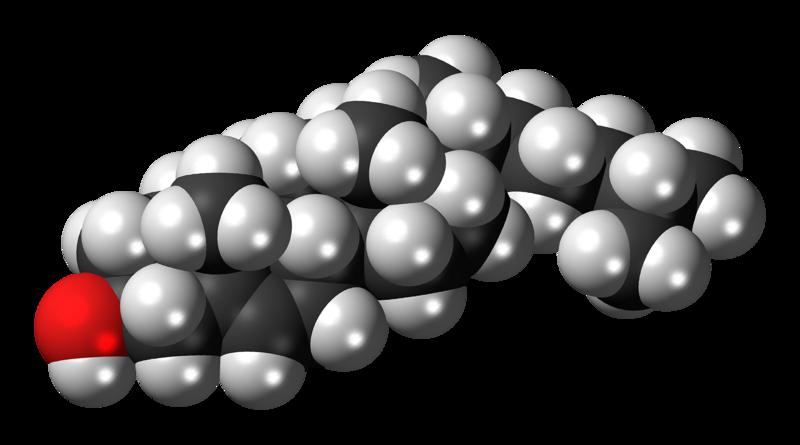New cholesterol testing guidelines for India

The Cardiological Society of India (CSI) has released groundbreaking guidelines for managing dyslipidemia, significantly changing how cholesterol levels are measured and managed in India.
Dyslipidemia, characterised by abnormal lipid levels in the bloodstream, is a major risk factor for cardiovascular diseases.
One of the most notable recommendations is eliminating the need for fasting before a lipid profile test.
Dr Durjati Prasad Sinha, General Secretary of CSI, stated that non-fasting lipid measurements make the testing process more convenient and accessible. In addition, these encourage more people to get tested and treated.
Key points of the new guidelines include:
First Lipid Profile Test
- At age 18 or earlier with a family history of heart disease or familial hypercholesterolemia.
Lipid Level Targets
- General population: LDL-C below 100 mg/dL, non-HDL-C below 130 mg/dL.
- High-risk individuals (e.g., those with diabetes or hypertension): LDL-C below 70 mg/dL.
Prevalence and Risks
- Dyslipidemia is highly prevalent in India, with significant interstate variations and higher rates in urban areas.
- It poses risks for strokes and peripheral artery disease.
Testing and Treatment
- Non-fasting lipid measurements for risk estimation and treatment.
- Elevated LDL-C is the primary target.
- For high triglycerides (>150 mg/dL), focus on non-HDL cholesterol.
Aggressive Targets for High-Risk Patients
- History of heart attacks, angina, stroke, or chronic kidney disease: LDL-C below 55 mg/dL or non-HDL below 85 mg/dL.
Lifestyle Modifications
- Reduce sugar and carbohydrate intake, given Indian dietary habits.
- Regular exercise and yoga are recommended for their cardioprotective benefits.
Medication
- High LDL-C and non-HDL-C can be managed with statins and oral non-statin drugs.
- If goals are not met, injectable lipid-lowering drugs like PCSK9 inhibitors or Inclisiran are recommended.
- For triglycerides above 500 mg/dL, use Fenofibrate, Saroglitazar, and fish oil.
Genetic Dyslipidemia
- Familial hypercholesterolemia is more common in India.
- Early identification and treatment through family screening are essential.
- Evaluate lipoprotein (a) levels, as high levels (>50 mg/dL) are linked to cardiovascular disease.
Many health experts emphasized that these guidelines would help healthcare providers better manage cholesterol. They also added that these can help combat heart disease in India, promoting healthier lives for all.
Image Credit: Jynto (talk), CC0, via Wikimedia Commons
Image Reference: https://commons.wikimedia.org/wiki/File:Cholesterol_molecule_spacefill.png










Leave a Reply